I’m not sure if it’s because I was born in Sacramento, which makes me a California native, but ever since we moved to Minnesota as a kid I dreamed of California.
When I think about it now, the first time I recall dreaming of California was as an impressionable teenager in the mid-1970s when I saw Play Misty for Me. Watching Clint Eastwood driving that Jaguar XK150 roadster over the Bixby Bridge was all it took - I was sold. I thought the music was cool too with Roberta Flack singing the classic The First Time Ever I Saw Your Face (the whole 5-minute plus version!) and scenes with Cannonball Adderley and Joe Zawinul at the 1970 Monterey Jazz Festival:
After seeing all of that, I wanted to move to California. As it turned out, ten years later, in 1985, I did.
I lived in the Oak Grove area in Monterey while I studied Dutch at the Defense Language Institute (DLI) at the Presidio of Monterey. At DLI, I was one of two students in the class. We had five instructors: Mevrouw VanDaalen from The Hague and Meneer Vink from Maastricht in The Netherlands; Meneer Wijbrandus from the Dutch Antilles; Meneer Kwee from Indonesia; and a young woman whose name I can’t recall from Suriname in South America. We studied Dutch 8 hours a day, 5 days a week, for 8 months.
I had a girlfriend then and we spent a lot of time in Carmel. By far our favorite restaurant was a tiny French restaurant called La Bohème, which served a prix fixe menu. They posted a calendar of their monthly menu in the window, and we’d make a note of the days we wanted to eat there:
La Bohème was opened in 1974 by Walter Georis and his brother-in-law, a chef. In 1977, Georis sold the restaurant to one of his top waiters and opened another fine Carmel restaurant called Casanova. In 1983, he opened another restaurant called Fandango in Pacific Grove, which had the same footprint as Casanova. But we liked La Bohème the best.
After dinner, we’d drive down Highway 1 as the sun set over the Pacific Ocean. My days at DLI were so much fun - I was no longer dreaming of California, I was living it. That was the first of two “endless summers” I spent on the Monterey Peninsula.
This week on that Big River called Jazz, we’ll dig in our paddles and explore the world of Walter Georis, the man behind The Endless Summer theme song.
Walter Georis grew up in Belgium in what he described as “Felliniesque,” playing in the ruins of World War II and coming of age in a postwar world. His sister married an American soldier who prompted the whole Georis family to immigrate to America.
In 1956, when Walter was 11, the Georis family moved from Belgium to Southern California. His parents ran a grocery and fine wine shop, while Walter burned fruit crates to make charcoal to sketch his strange new world. He discovered photography and studied under William Mortenson, an American glamour photographer primarily known for his Hollywood portraits in the 1920s–1940s.
In high school in San Clemente, Walter learned to play guitar on his brother Gaston’s cheap guitar decorated with stenciled cowboys. The two brothers started a surf rock band called The Twangs. In 1962, drummer Danny Brawner along with John Blakeley on lead guitar with John’s brother Dave on bass joined the band. They called themselves The Sandells. Their first album was Scrambler!, released in 1964 by Richard Bock’s World Pacific Records:
From that album here is the cool tune Lonely Road:
While the band was playing at a surf fair in Long Beach, Walter Georis met filmmaker Bruce Brown and asked if the band could provide music for his surf documentary The Endless Summer. Brown loved the music and it became the theme song for the film. For the soundtrack, the band changed its name to The Sandals :
Brown’s film The Endless Summer turned out to be a classic surf cult movie and one of the greatest surf films of all time.
This rare mini poster dates from the film’s initial release for a showing at Hoover High School Auditorium in San Diego in the summer of 1965.
Brown printed the specific show location and information in the bottom blank area on each poster and showed the film at small West Coast venues throughout 1965.
When the film was picked up for mainstream distribution in 1966, Van Hamersveld's design was reprinted and now symbolizes West Coast culture and the spirit of endless youth.
Van Hamersveld was also a local surfer and art director of Surfing Illustrated and Surfer magazines. He went on to greater fame as the designer for the iconic cover of The Beatles’ 1968 Magical Mystery Tour album. Incidentally, he also designed the covers for a couple of my favorite albums: Van Morrison’s T. B. Sheets:
…and Bob Dylan’s soundtrack to Sam Peckinpah's 1973 Pat Garrett and Billy the Kid:
In 1969, as a 25-year-old hippie with his oil paints and leather tools, Walter Georis drove his Volkswagen station wagon to Carmel and opened a photography and art studio. He made sandals and handbags and sold them to Macy’s to earn money to buy his first house, two blocks from Carmel Beach.
Around 1970 he attended a shoe trade show, where everyone was talking about a German woman selling bright yellow orthopedic shoes called Birkenstocks. Georis bought a dozen, dyed them brown, and sold them. He started ordering more and Karl Birkenstock took notice, inviting Georis to market the shoes in exchange for 5 percent of the company. Georis opened a Birkenstock store in Carmel and came up with new designs, including the first closed-toe sandal for the company, so nurses and chefs could wear them safely.
When Birkenstocks started its American ad campaign, Georis worked on designing, marketing, and importing for Birkenstock shoes. His first ad was of a sandal next to a footprint in the sand saying, “Designed by nature, made by Birkenstock.” The iconic shot was taken on Carmel Beach. Here’s a later ad with the same photo:
The footprint on this ad belongs to Jonathan Boyer, who grew up in Monterey, California. Boyer was just out of high school and a member of the Velo Club Monterey cycling team. In 1981 he joined the Renault-Elf cycling team and became the first American to race and finish the Tour de France. Here is Boyer in 1981 with Tour de France bosses Felix Lévitan and Jacques Goddet:
He finished 32 out of 220 starters. He completed the race five times and his best finish was 12th place in 1983.
From sandels, Georis went into the restaurant business in 1974 with La Bohème. After Casanova and Fandango, and he later opened The Corkscrew Cafe in Carmel Valley.
When it was foggy in Carmel, I’d often drive about a half hour up Carmel Valley Road into Carmel Valley to see the sun. On one trip out there I noticed Georis Winery. I had been frequenting Georis’ his restaurants, but I had no idea he was in the wine business.
In early 1980, Georis traded his Carmel house for 40 acres of ranchland in Cachagua in rural eastern Carmel Valley, where he planted Bordeaux varietal grapes. In 1987, he sold Fandango to expand his wine business. This was when winemaking was growing in California and Georis was one of the first wineries in Carmel Valley.
Now he’s producing thousands of cases of Merlot, Cabernet, Cabernet Franc, Malbec, and Petit Verdot each year. However, the vineyard is perhaps best known for its Clos des Mouton, a single vineyard selection, aged for 26 months in French Oak barrels:
Interestingly, Georis is also a filmmaker. In 2009 Gerios filmed a documentary called Shaped. The film’s purpose was to pay tribute to the unsung heroes of the surf industry - the shapers. The shapers were the young men and women in the late 1950s and 1960s, who were the innovators and created different types of surfboards that allowed the sport to progress. Here’s some great footage from the film’s trailer:
I’m actually not sure if this movie was ever released - so if you have any information, please let me know.
Here’s one more for the road. This is a cool 2008 video with some classic vintage film shots feathered in and a nice interview at the end with The Endless Summer director Bruce Brown:
My second “endless summer” on the Monterey Peninsula came after I left The Netherlands and active duty and joined the reserves at Fort Ord. I lived in a rented duplex in Carmel and worked at an antique store just off Ocean Avenue. But that’s a story for another time…
Next week on that Big River called Jazz, we’ll dig our paddles into the waters of Ellington great Johnny Hodges.
Please hit this link to buy me a cup of coffee, if you’d like to show your guide some appreciation for this and past journeys. Know in advance that I thank you for your kindness and support.
If you like what you’ve been reading and hearing so far on our journey and would like to share this with someone you think might be interested in learning more about our great American art form: Jazz, just hit the “Share” button.
From Astaire to Sun Ra: A Jazz Journey is a reader-supported publication. If you feel so inclined, subscribe to my journey by hitting the “Subscribe now” button.
Also, find my playlist on Spotify: From Fred Astaire to Sun Ra.
Feel free to contact me at any time to talk shop. I welcome and encourage that.
Until then, keep on walking….


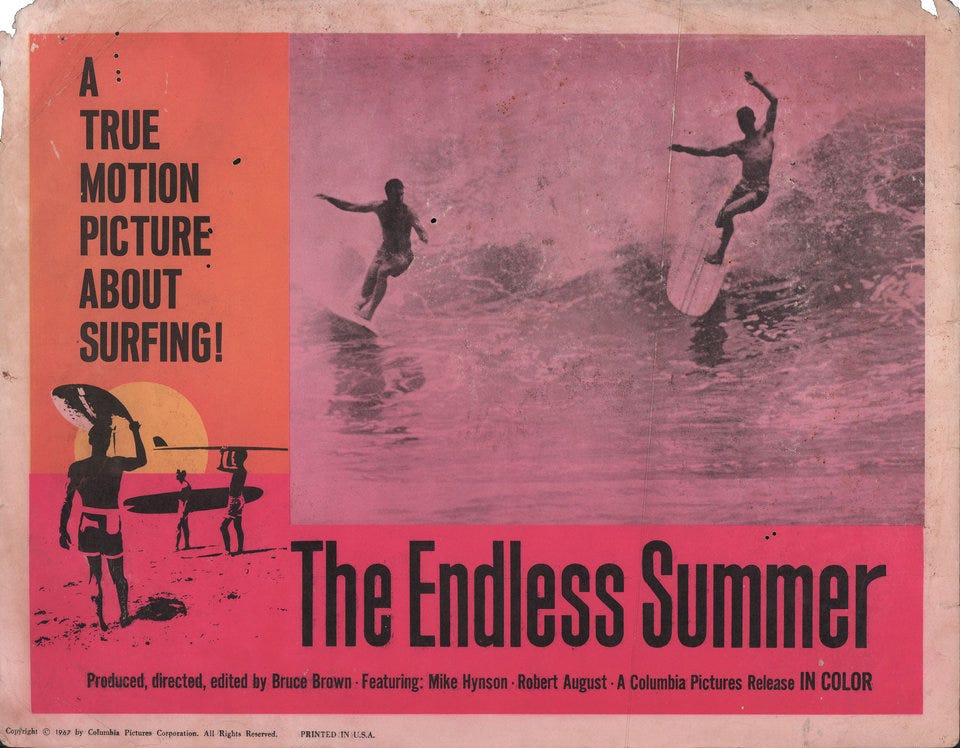
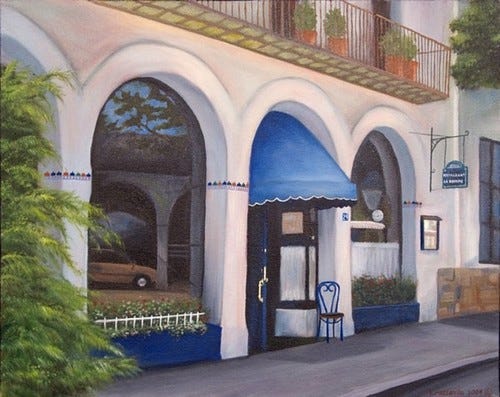

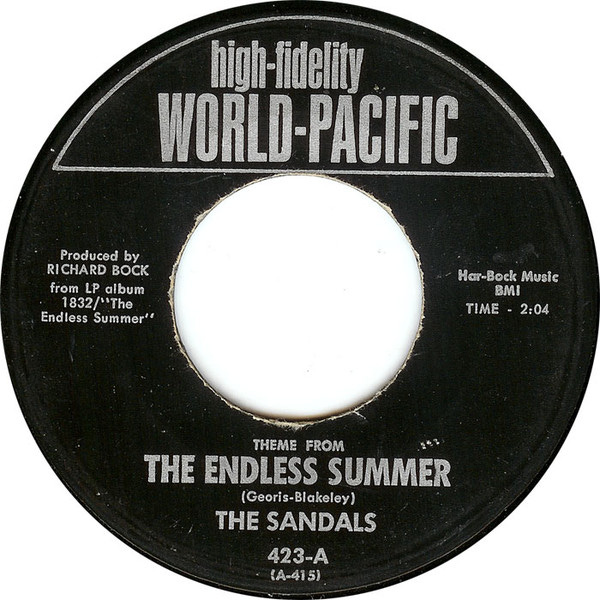
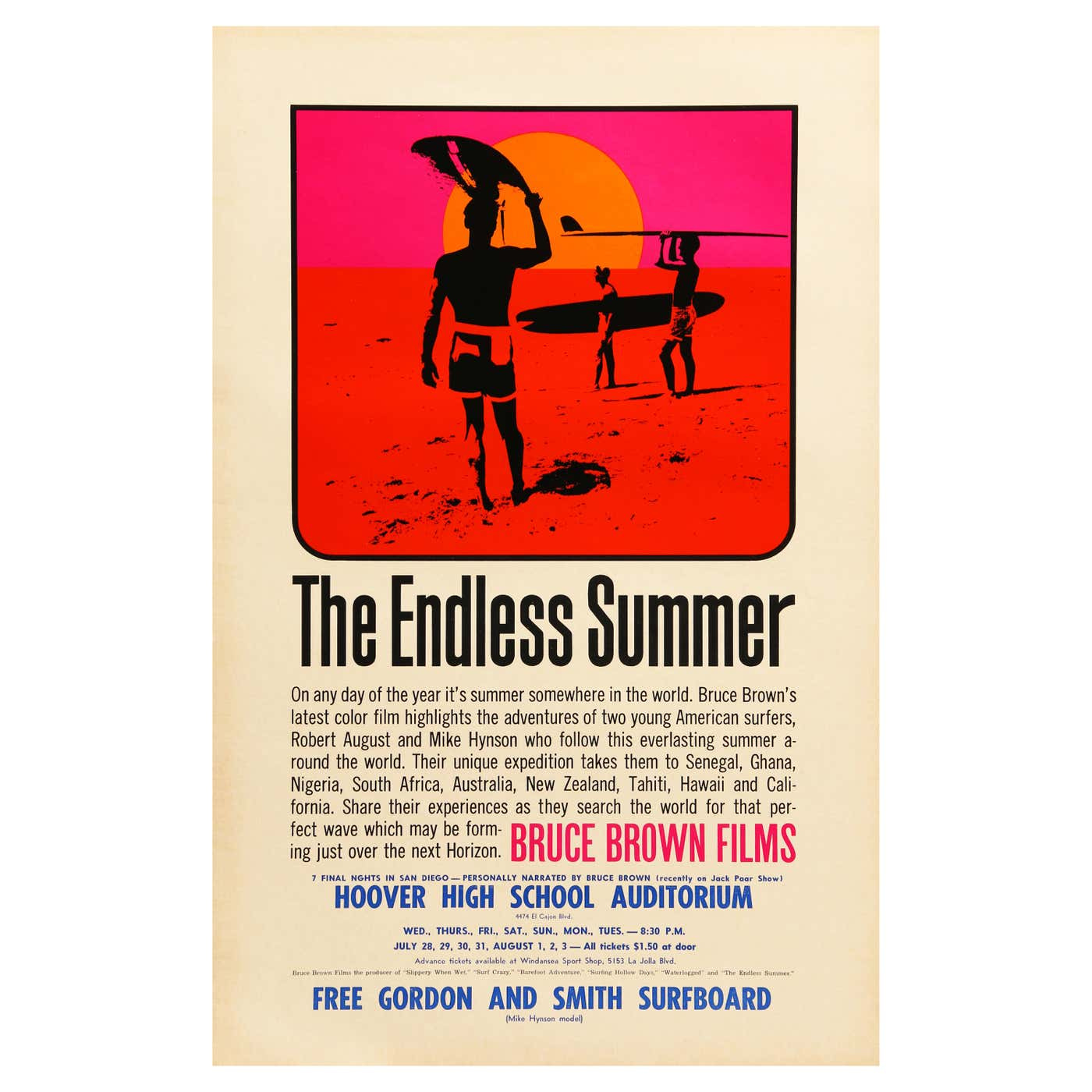
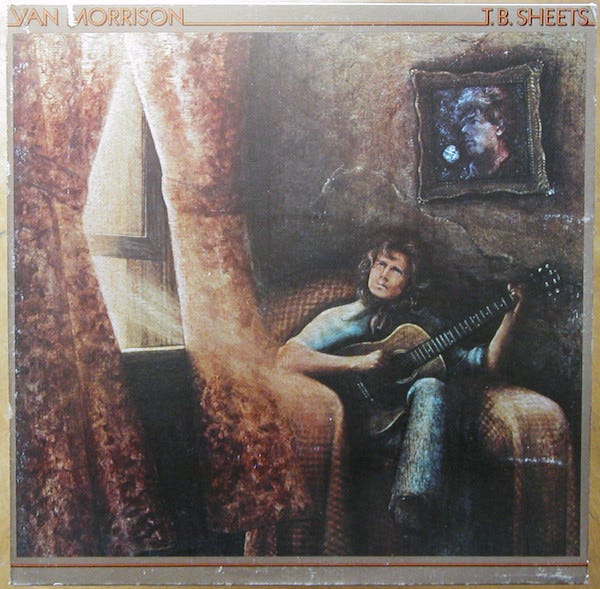

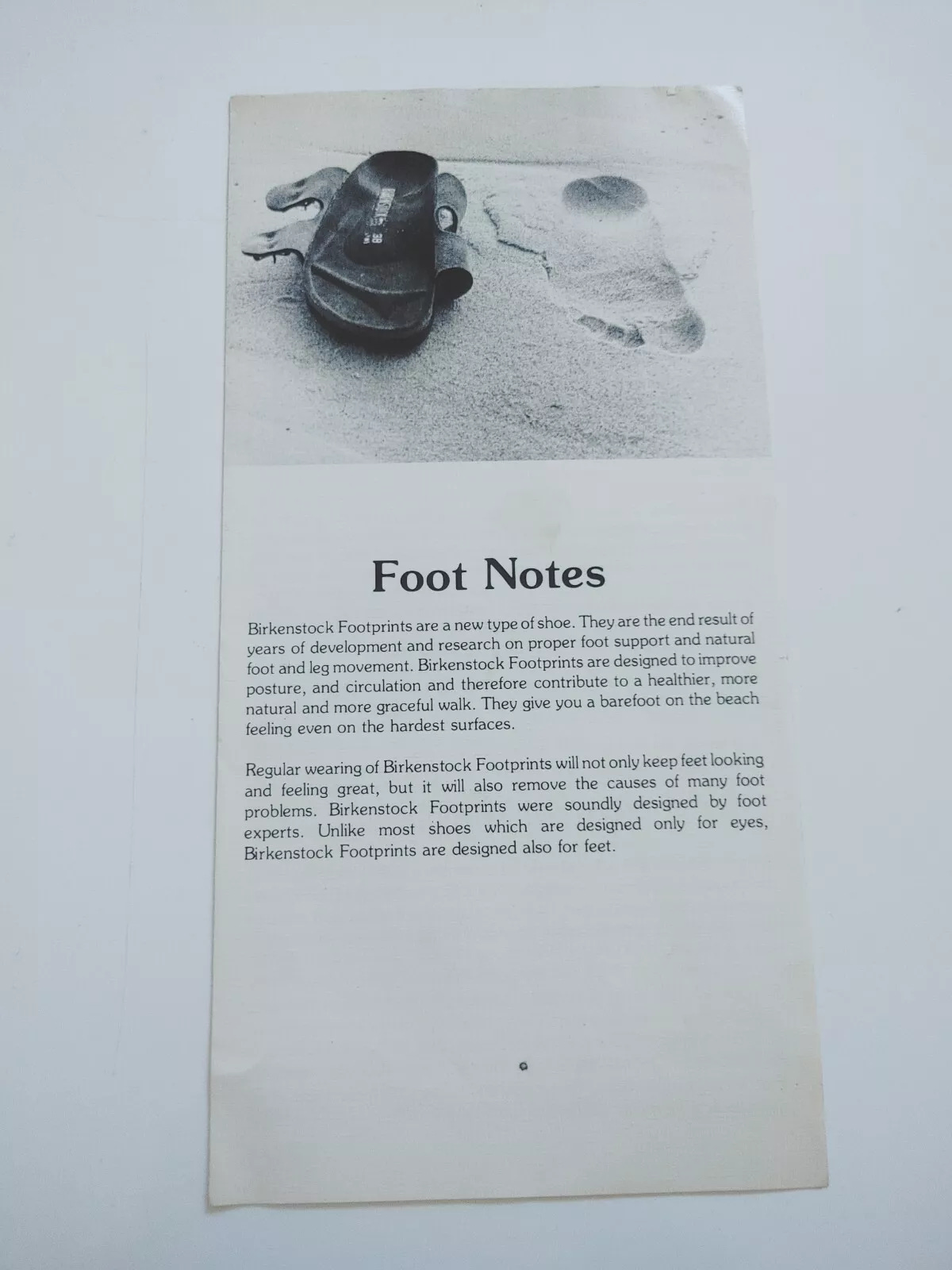
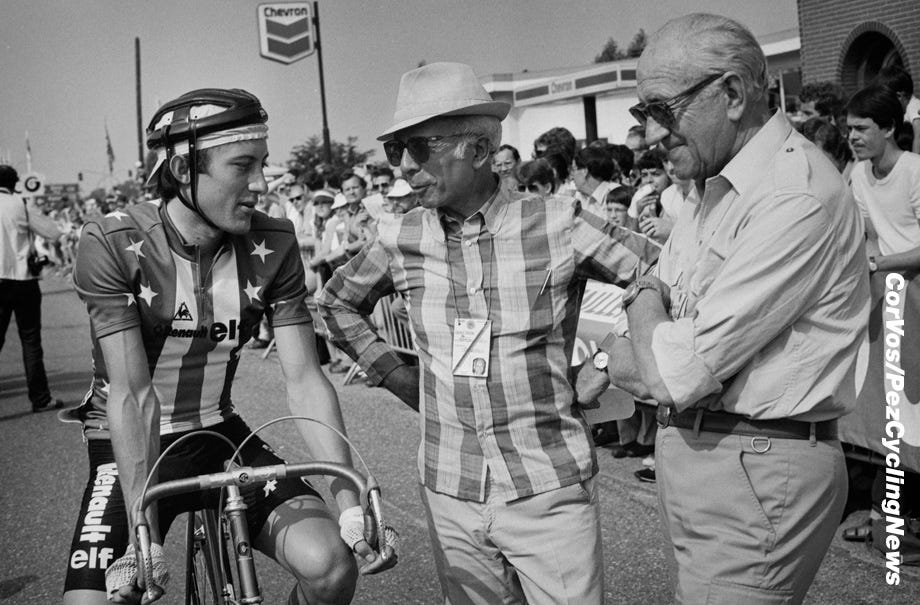
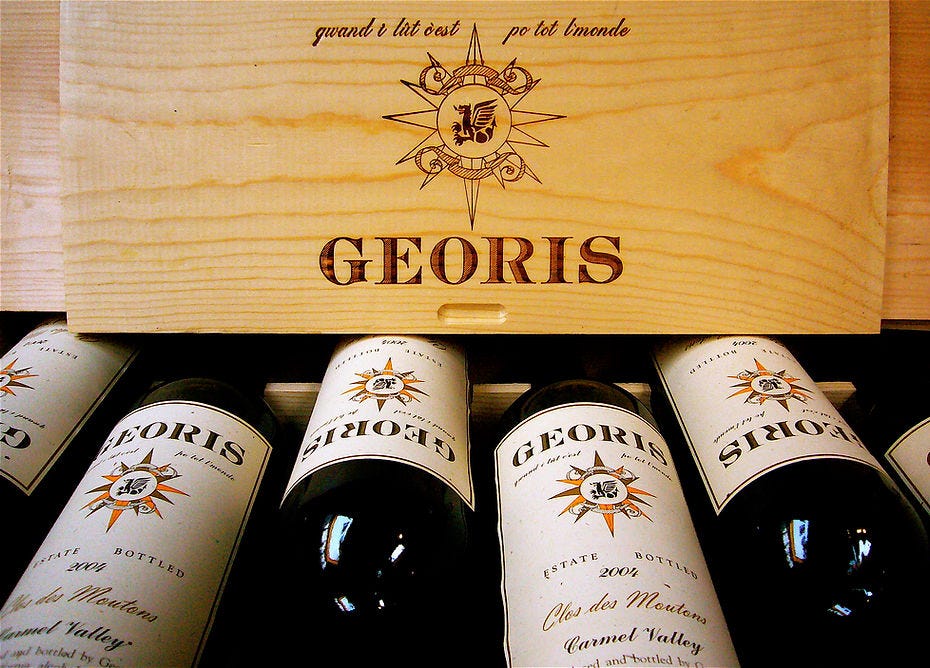
Fascinating that the Belgian guy from the Sandells launched Birkenstocks in the US, and then continued to reinvent himself. A major league adapter and entrepreneur.
I was 8 years old when the film "Endless Summer" came out. My mother would go to a beauty parlor in Macy's department store in Roosevelt Field, Long Island and take me with her. While she sat for her hair treatment, I would wander the store (it was the 60s!) and somehow stumbled into a department that was giving a private screening of this film. Why, I can't recall. Being a New York kid, I had never actually seen, or probably heard of, surfing before this film. I wasn't exactly sure of what I was watching. It's documentary style of filmmaking was new to me, however after seeing that film whenever a Gidget film came on TV . I felt very knowledgeable about the culture! Long live Gidget, Moondoggie and Kahuna!